If you are planning a trip to Mauritius in January, then you are in for a vibrant start to the year! However, a game plan for the trip in January can be pretty confusing. Mauritius’ tropical climate in January is unpredictable, with conditions changing from sunshine to showers in a matter of minutes.
No worries, this blog will help you decide if January is the right time for your trip to Mauritius. Even if you’ve already set your plans, you’ll find plenty of tips here to make your journey easier and relaxing.
To help you decide, you’ll discover everything you need to know about Mauritius’ climate in January. The temperatures and regional weather patterns, the activities you can enjoy, and the colourful festivals that take place during this time. We’ll also give you insights into tourist traffic and share handy tips to help you make the most of your island getaway.
Temperature and Weather in January
- January in Mauritius is one of the warmest and wettest months. The day and night temperatures of January are 25°C and 32°C. The January rainfall is typically around 220–230 mm during this time.
- Humidity also rises to an average rate of 80% or more, typical of regular air conditions in a coastal region.
- Sea conditions: Warm sea at 28°C average, suitable for swimming and water sports, though strong winds and rain can occasionally affect safety.
- Sunshine: About 8 hours daily; watch for extreme UV levels, and sun protection is critical.
Regional Weather Breakdown for January
The weather in Mauritius varies across different parts of the country due to microclimates created by variations in elevation, wind patterns and coastal exposure. Here’s what you can expect from across the Island in January.
West Mauritius (Around Flic en Flac, Tamarin)
The west enjoys some of the sunniest and driest spots on the Island, experiencing the lowest rainfall compared to other areas in Mauritius.

Northwestern Mauritius (Around Grand Baie, Perrybere)
The north stays cosy even during the rains, thanks to the mild, warm winds from the north coast. Since the north and west are sheltered from the winds, they get relatively less rainfall, too.
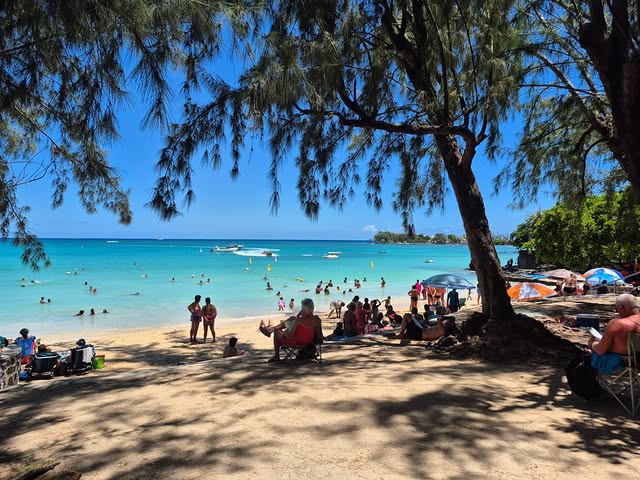
East Mauritius (Around Belle Mare, Île Aux Cerfs)
The southeast trade winds blow consistently from east to west of the Island, making the east the windiest part of Mauritius. Beaches here are beautiful, but due to the winds and frequent showers, the east coast beaches give a wilder, dramatic feel.

South Mauritius (Around Bel Ombre, Le Morne)
The south is generally cooler and windier than the north and east, with frequent showers.

Central Mauritius (Around Saint-Pierre, Curipepe)
At a higher altitude, the central part is considerably cooler than the coasts. Periodic rains are keeping it lush and green, but also making it damp and misty.
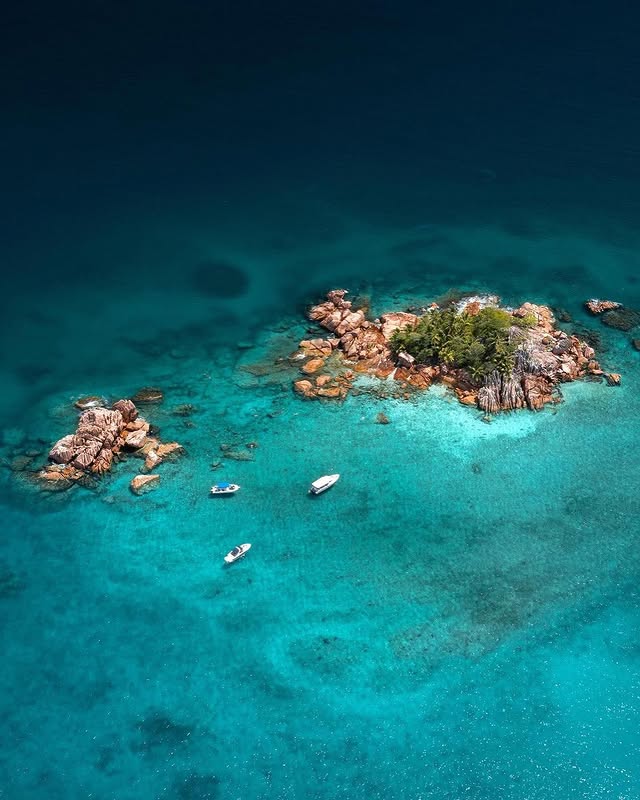
Activities To Do During January
January is summer in Mauritius; you’ll have a ton of activities to choose from despite little rainfall. Here are the things you can do and places to visit in Mauritius, which are categorised into indoor and outdoor activities.
Outdoor Activities
Outdoor activities can be enjoyed when the weather is pleasant and warm. If the sun is at its peak, plan your activities for early morning or late afternoon, and always stay hydrated.
Interested in flying over the underwater waterfall? Or kayaking to volcanic caves by sea?
These experiences and many more are waiting for you. For a complete list of must-do adventures, check out “30 Things to Do in Mauritius” and start planning your perfect outdoor itinerary.
Water Activities
Snorkelling, parasailing, scuba diving, underwater walking, and more water activities can be experienced when the weather is suitable.
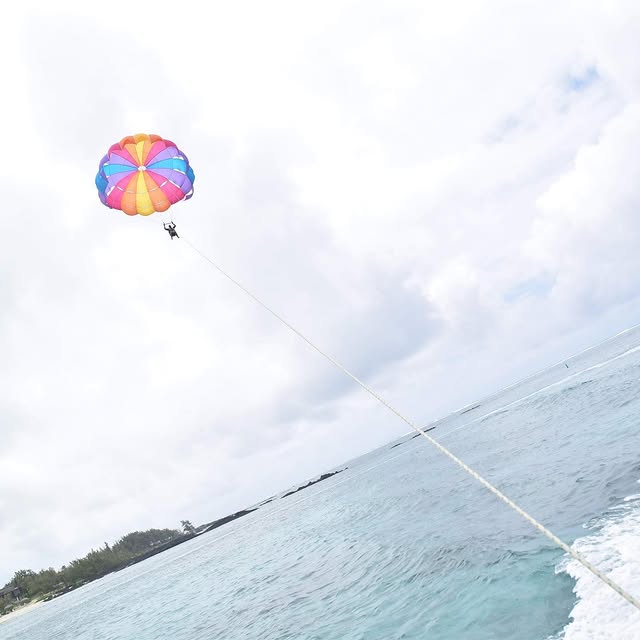
The water turbidity will be low when it doesn’t rain, so you will be able to witness the beautiful marine life clearly. Additionally, the sun will keep the water warm while you are in it.
Curious for more? Check out our “Top 10 Water Activities in Mauritius” and start planning your splash-filled adventure!
Hiking
Mauritius, being an island, is not just about beaches, but also mountains. No matter what fitness level you have, you can go on a hike in the designated hills.
For example, if you are fit, have good stamina, and are in good cardio shape, consider climbing Le Morne Brabant. The trail will take you through some steep and lean routes, but will lead you to one of the best views you will have seen!
On the other hand, if you prefer something easier, you can head to La Valle de Ferney, a natural reserve with three trails designed for different fitness levels.
Note: Hiking mountains or visiting waterfalls during rainfall could be dangerous because wet weather can lead to potential landslides and flooding.
Relax at the Beaches
Mauritius has about 145 beaches, each with its own distinct features. Some are ideal for swimming, while others are perfect for relaxing and doing nothing, making them the ideal vacation!
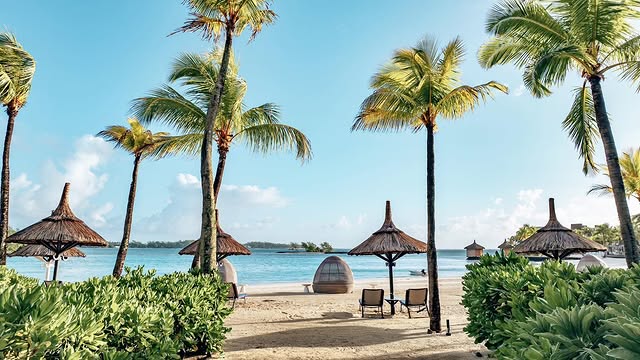
Find your perfect beach from one of our articles, ‘Top 15 beaches in Mauritius’.
Indoor Activities
When it rains, indoor activities are the perfect way to stay entertained. Here’s a list of fun things to do without stepping outside.
Tea and Rum Distillers
There are two types of people when it rains outside: the ones who crave chai and the others who crave drinks. Fortunately, we have both options available!
- Chamarel is a rum distillery that offers a tour of their factory, ending with a…you guessed right, a rum tasting session!
- Bois Cheri tea factory is similar, offering a tour and allowing you to try their various flavoured teas.

Both are great activities to do on a rainy day, ending with a fantastic treat!
Blue Penny Museum
A museum located in Port Louis that showcases colonial history and two rare stamps. A must-visit for anyone interested in Mauritius’s past.
Caudan Waterfront
A posh market with an open-air setting, transformed into a tourist attraction. The complex features small boutiques, traditional handicrafts, and elegant water-facing restaurants. The Blue Penny Museum is also located here, along with an aquarium.
Mauritian Festivals in January
Mauritius is an island shaped by the enslaved people who became freedom fighters to achieve independence. These enslaved people were brought in from India, China, Africa and some other parts of Asia. Once the colonist kingdom fell apart, the fighters stayed back and called this Island their home.
As Mauritius is a multicultural nation, it celebrates numerous festivals. And two specific festivals might fall under January.
Thaipoosam Cavadee (January to February)
A Tamil Hindu festival dedicated to Lord Murugan, celebrated with colourful processions, flower garlands, and devotees dressed all in yellow. Worshippers carry a decorated wooden arch called ‘Cavadee’ and perform a traditional dance around the temple, known as ‘Cavadi Attam’.
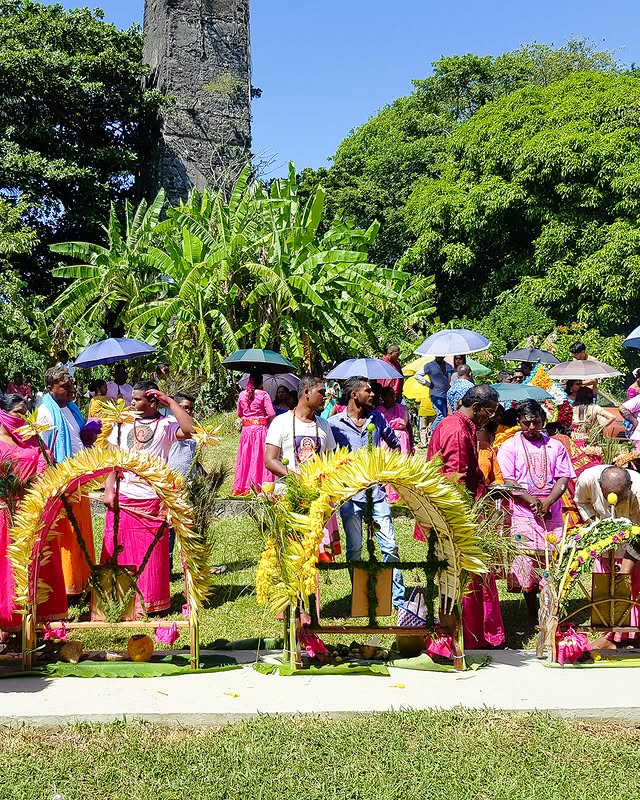
Chinese New Year (January to February)
Celebrated according to the Chinese Lunar Calendar, this festival brings Chinatown in Mauritius to life with pretty decorations, lion dances, and a festive atmosphere. The Chinese community comes together in joy to welcome other communities and tourists to join in the celebrations with them.
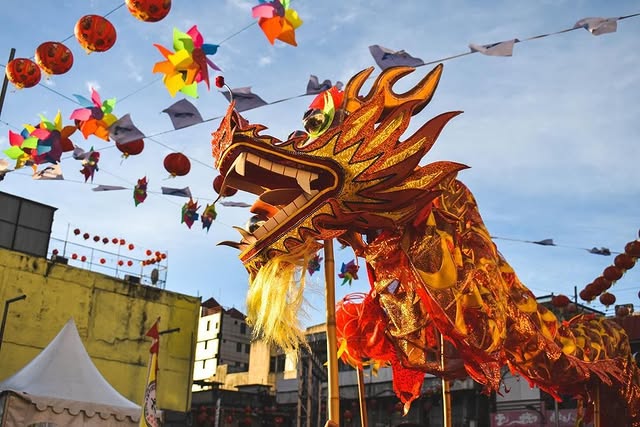
Tourist Traffic in January
Mauritius has been a popular tourist destination since the 1970s, and its popularity has continued to grow ever since. January is among the busiest months on the Island. While the crowd, which peaks at the beginning of the month, will start to drop off gradually. Several factors attract the tourist traffic.
New Year Festivities
The island is at its most vibrant right after New Year’s Eve, and many visitors extend their holidays into the first week of January to enjoy the celebrations.
Winter Escape for Europeans
International travellers, especially from France, the UK, and Germany, fly to Mauritius to escape their harsh, cold winters to enjoy warm beaches and sunshine.
Festivals
With Thaipoosam Cavadee and Chinese New Year often falling in January, visitors from India (particularly Tamil Nadu) and the Chinese people arrive to join the festivals.
School Holidays
Local Mauritian families also will be in vacation mode, as Mauritian schoolchildren are on vacation from mid-November to mid-January.
Conclusion
If you are considering a visit to Mauritius, it is essential to be aware that the weather can be unpredictable at times. Never trust the weather generalisation, always check the forecast. Sometimes, one hour of heavy rain will be followed by sunny weather, making you forget that it even rained!
Having said that, Mauritius is an all-year-round destination for anyone craving beaches, mountains, and culture. The right plan, even in bad weather, will turn out to be a beautiful trip, and we at Dimaak Tours bring you the best!
Frequently Asked Questions About Mauritius in January Weather
Is January a good time to visit Mauritius?
The month of January is not the best, but it is still a good time to visit Mauritius. You’ll experience an average of 25°C and 32°C and a bit of rainfall. However, you will be good to go when the trip is planned right by keeping an eye on the forecast.
What’s the cyclone season in Mauritius?
January and February are the cyclone seasons, with February being the most likely month of a cyclone occurrence.
Which month is safe during the rainy season in Mauritius?
The North is generally the safest during rainfall because this part of the country is sheltered from the trade winds, which travel from southeast to northwest.